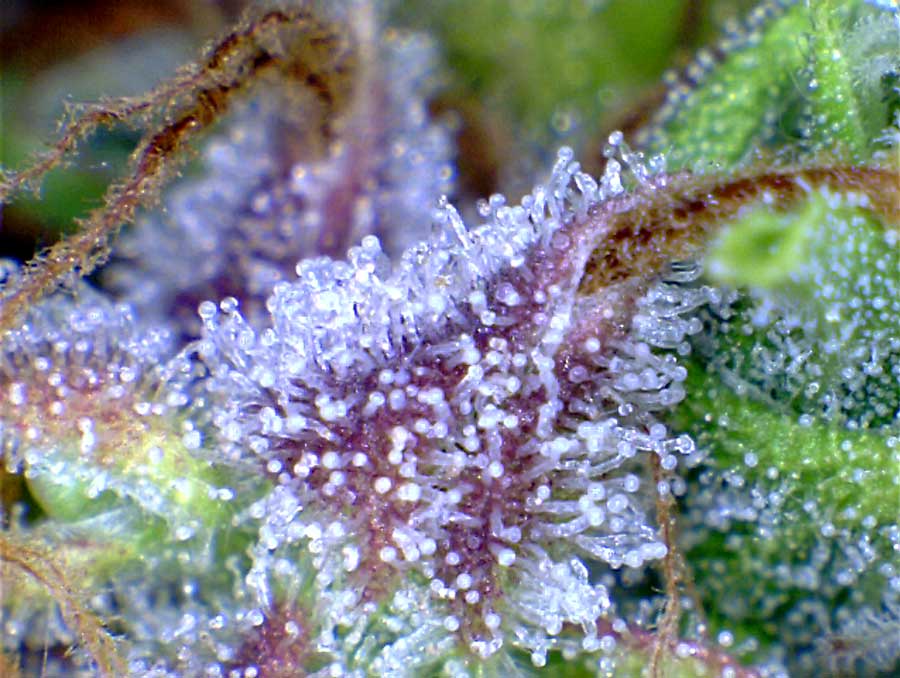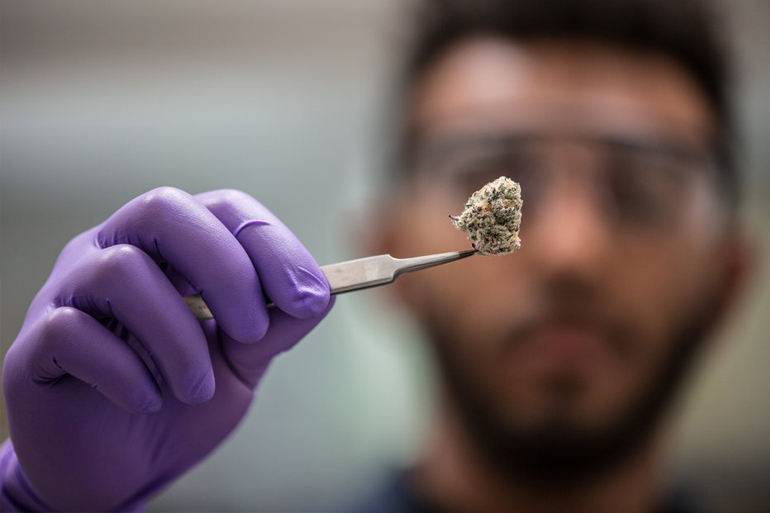Cannabis has been used as a remedy for several ailments, including insomnia and nausea. There are a couple of cannabinoids that provide most of the effects attributed to cannabis. These cannabinoids include THC, THCa, CBD, CBN, and CBG. Cannabinoids have been identified to act on cannabinoid receptors in cells, repressing the release of neurotransmitter in the brain. Each with their own unique benefits. In this article, we will touch on the science behind THC and CBN, what their benefits are, and how each are produced.

Cannabinol (CBN)
Popularly known as CBN, Cannabinol is created through the exposure of THC to oxygen and UV light/heat over time. Medically, cannabinol is regarded as the strongest sedative of all the cannabinoids. Its effects are so powerful that cannabis with concentrations of CBN as low as 1% can be used for the treatment of insomnia. According to Steep Hill Labs, 2.5-5mg of CBN is just as effective as a 5-10mg dose of diazepam. CBN, synergized with CBD and THC, can also be used to induce sleep.
Studies have also shown that CBN is effective for the reduction of intraocular pressure associated with Glaucoma. CBN can also be used for pain relief, with the commonest applications including oral capsules, topical gels, and transdermal patches.
Being a byproduct of prolonged exposure, CBN is not usually found in high concentrations if the cannabis is stored properly. So, for people that want more CBN, they are advised to leave their cannabis exposed in a cool environment for a long period, as this enhances the degradation of THC to CBN.

Tetrahydrocannabinol (THC)
Otherwise known as THC, Tetrahydrocannabinol is the major chemical that plays a role in the majority of the psychoactive effects associated with cannabis. Along with more than 85 other cannabinoids, THC can be found in the trichomes (resin glands) of the cannabis plant. Compared to other cannabinoids, the effects of Tetrahydrocannabinol are induced rapidly. This is so as the chemical easily binds to endocannabinoid receptors in the central nervous system, the brain, and the immune system. This is in addition to the several physical health benefits of THC.
Over the years, THC has been used in treating several ailments, diseases, and cancers. THC has also been identified to be helpful in the treatment of the following conditions.
- Asthma – helps in calming asthma attacks
- Glaucoma – Relieves eye pressure
- HIV/AIDS – Aids in the treatment of symptoms such as nausea, loss of appetite and pain
- PTSD – Alleviates PTSD-related symptoms like agitation, flashbacks, and nightmares
- Cancer – Inhibition of cell growth
- Arthritis – Has anti-inflammatory properties
- Concussion – Helps to lessen bruising of the brain
- Hepatitis C – Aids with the treatment of symptoms such as fatigue, muscle aches, nausea, loss of appetite, and depression
- Epilepsy / MS / Seizures – Helps to suppresses muscle spasms
- Alzheimer’s – Slows the progression of disease, as it blocks the enzyme that creates amyloid plaques
- Crohns/Ulcerative colitis/IBS – Prevents intestinal permeability and reduces the flow of bacteria
- Parkinsons – Reduction of pain and tremors, as well as aiding sleep
- Stroke – Protection of the brain from damage by reducing the size of the affected area

Cannabis has been identified to be helpful particularly in the treatment of several ailments and diseases. From THC to CBD and everything in-between, science is unveiling more benefits by the day. No matter what your belief is and what side you are on, you can’t knock the science behind it.




